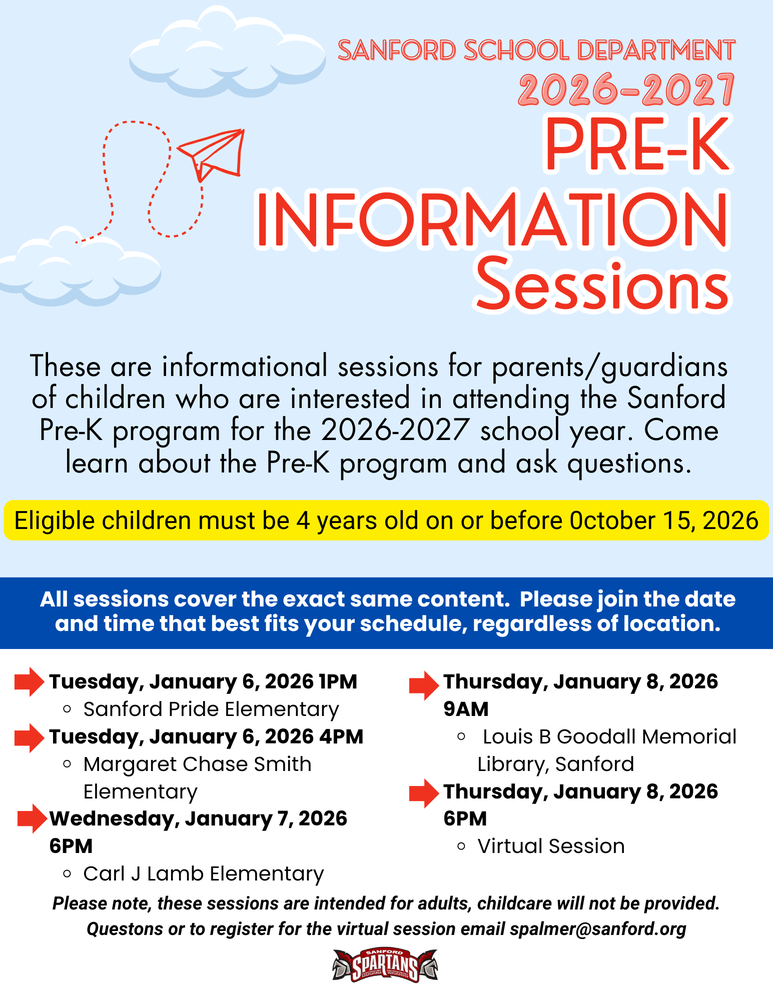
December 17, 2025
The Sanford School Department will hold a series of informational sessions in January for parents and guardians interested in enrolling their children in the Pre-K program for the...

December 11, 2025
When Anderson White, Spencer Jourdain, and Duncan Blanchard walk into Rubb USA in Sanford, they're not just students anymore. They're welders, fabricators, and professionals lear...

December 11, 2025
From preparing for a catering event here at Sanford High School for the Southwestern Maine Activities Association serving 195 people on Tuesday to opening the restaurant here at SR...

December 4, 2025
Mastering Adobe Illustrator in her first year at Sanford Regional Technical Center's Digital Design program, Harley Robinson has already made a statewide impact. She won the Skills...

November 25, 2025
Our SRTC Café will be opening up for lunch only after Thanksgiving starting Wednesday, December 3rd. We will be open Wednesdays and Thursdays starting at 11:15am. Reservations c...
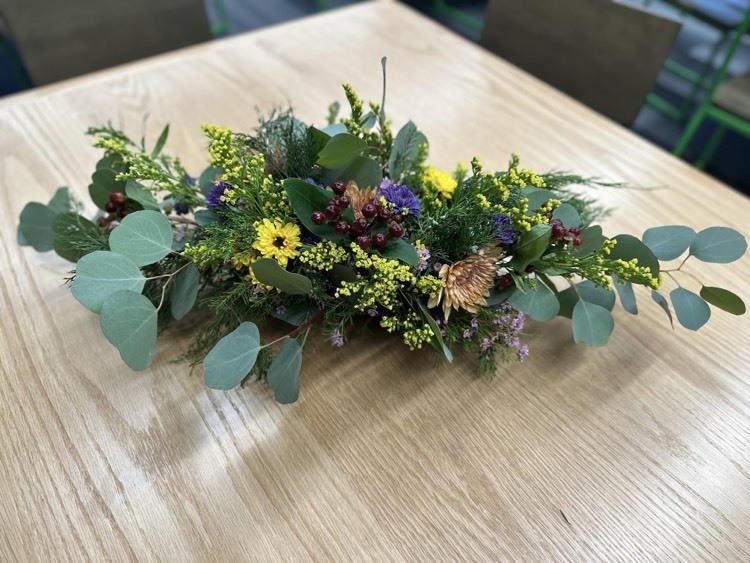
November 24, 2025
Do you know what you're bringing to your Thanksgiving feast? If you're not this year's Top Chef, consider curating the "vibe" with one of these stunning floral arrangements dreame...

November 24, 2025
There's no single "right answer" in engineering, and that's exactly what makes SRTC’s Engineering Technologies Program so exciting. Instructor Ethan Mathieu loves seeing the creat...
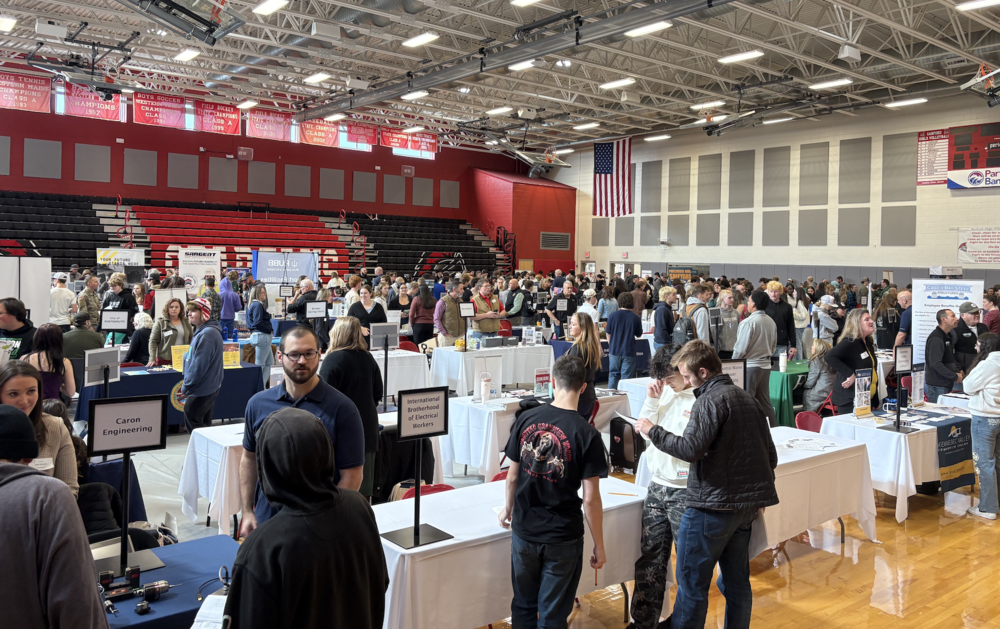
November 12, 2025
When Sanford Regional Technical Center student Autumn Liston entered Partners Bank Gymnasium for Thursday's Career and College Fair, she was planning to delay her education and wo...
November 10, 2025
Dear Families, As we approach the busy holiday season, we want to remind you of the importance of regular school attendance. We know this time of year brings many celebrations, f...
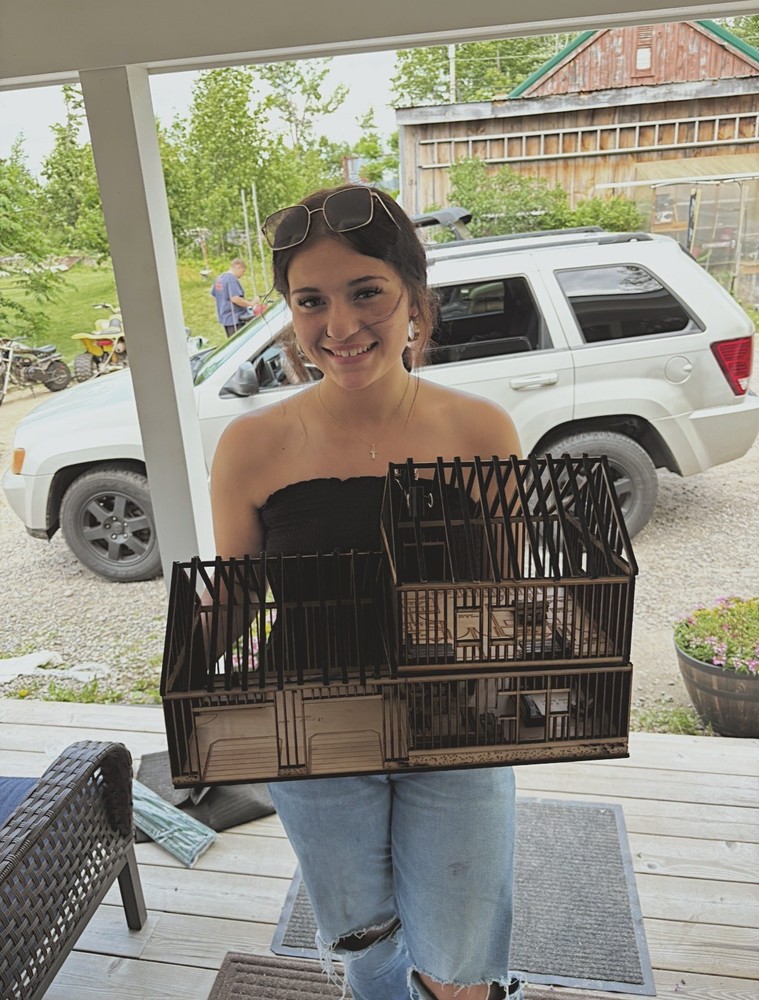
November 6, 2025
Senior Hannah Chambers, a student in Sanford Regional Technical Center's Engineering and Architecture program, is gaining hands-on experience in the construction industry through ...
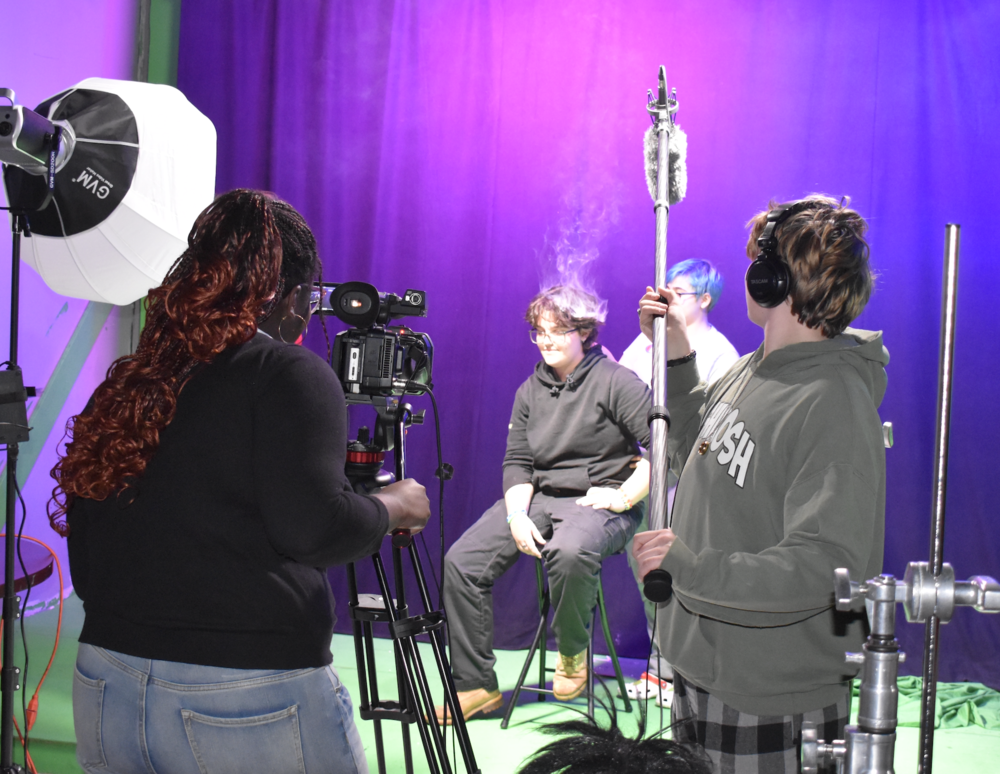
November 5, 2025
This is part of a series highlighting the career and technical education programs offered at Sanford Regional Technical Center. Behind professional cameras and editing software...
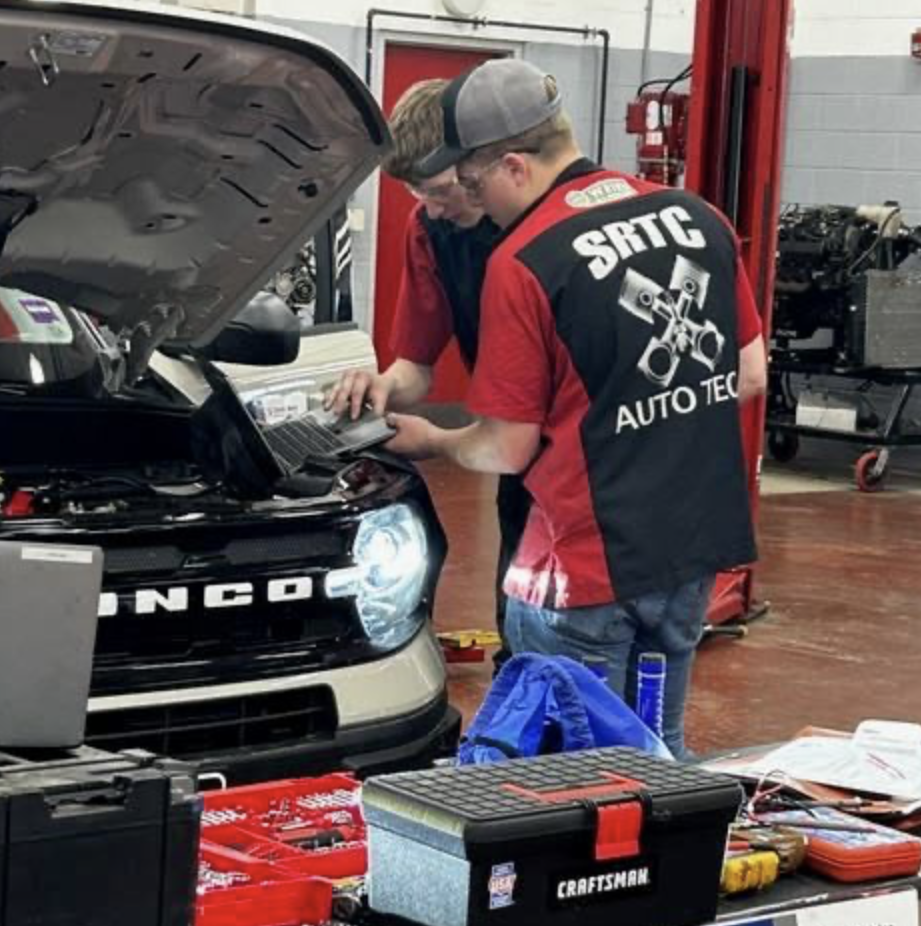
November 4, 2025
Throughout the school year, local business owners, managers, and industry professionals walk through the doors at Sanford Regional Technical Center—not as customers or inspectors,...
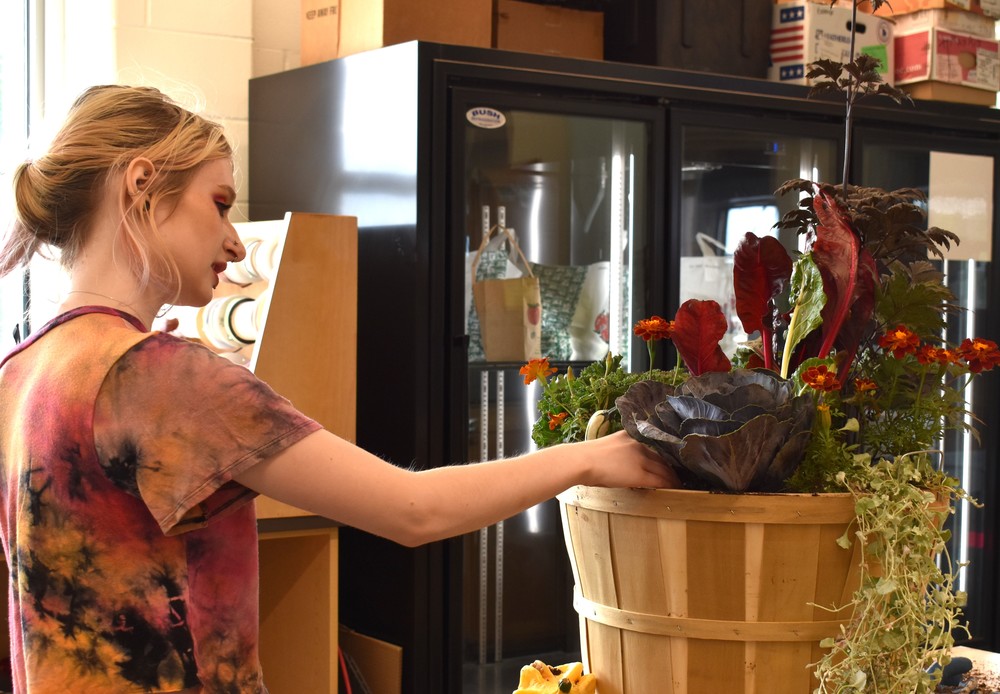
October 31, 2025
This is part of a series highlighting the career and technical education programs offered at Sanford Regional Technical Center. From planting garden beds in April rain to prepa...

October 30, 2025
Dear Families, We're reaching out because we know that many families in our community may have questions about how the recent federal government shutdown could affect household ...
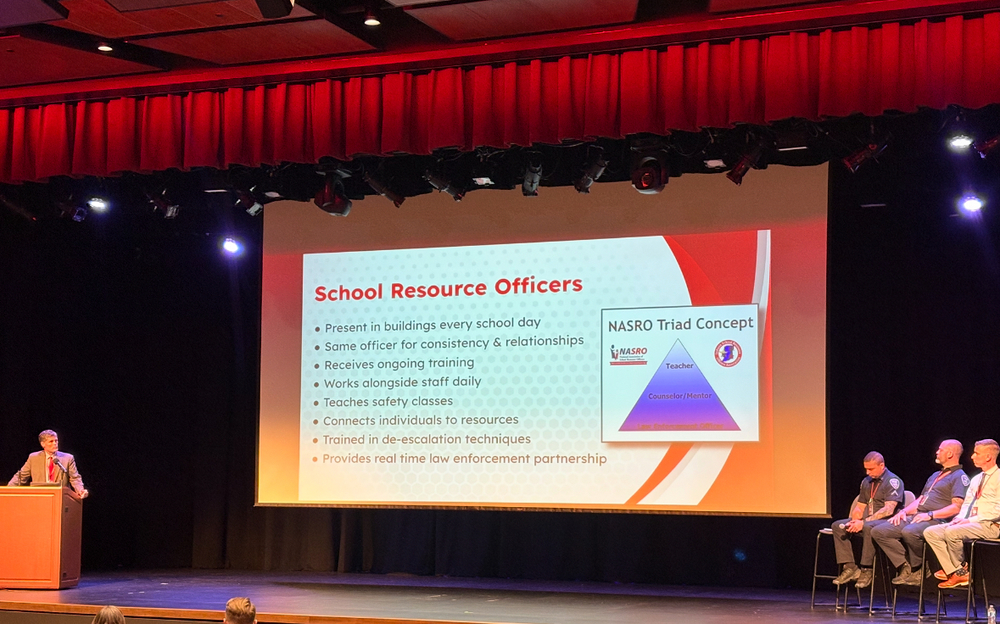
October 30, 2025
The Sanford School Department hosted a Safety Night in the Performing Arts Center on Tuesday, October 21, offering families and community members an opportunity to learn about the...

October 21, 2025
Photo Credit: Amalia Fajardo, Sanford Senior & Grace Kenney, Traip Senior, Academy of Business This is part of a series highlighting the career and technical education prog...
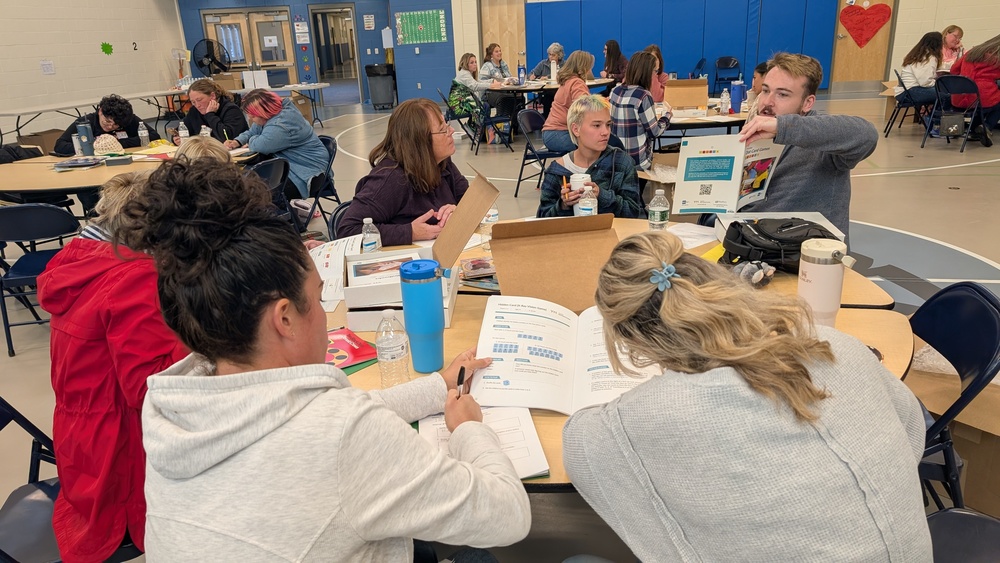
October 16, 2025
On Friday October 10, while students enjoyed a day off, Sanford School Department teachers and staff were hard at work—investing in their own learning to better support our studen...
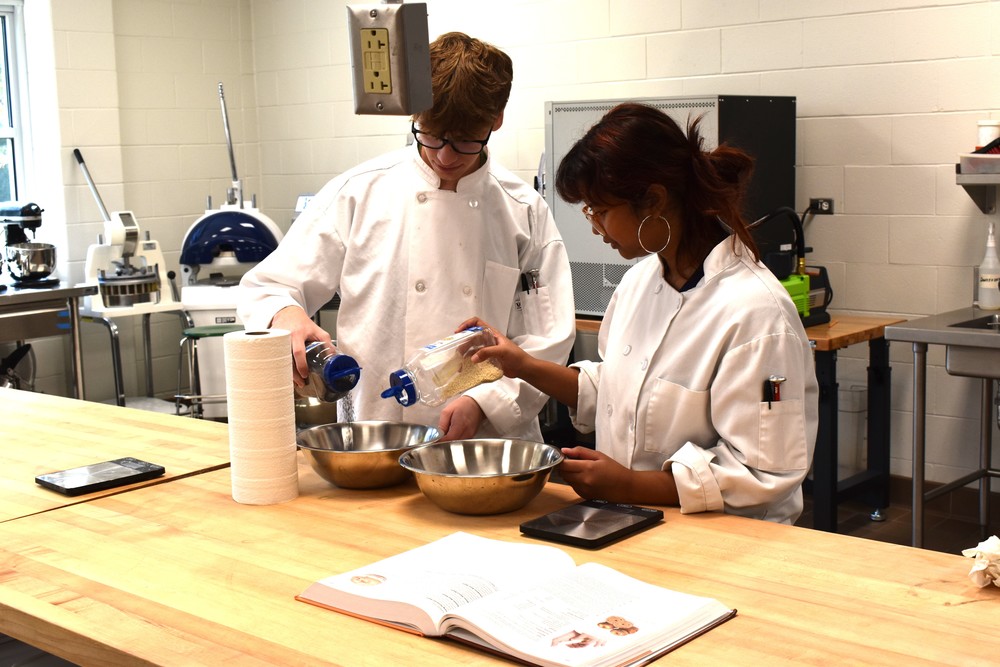
October 14, 2025
Photo Credit: Amalia Fajardo, Sanford Senior Academy of Business & Grace Kenney, Traip Senior Academy of Business This is part of a series highlighting the career and technic...

October 7, 2025
Photo Credit: Lulu Morris, Sanford Senior Academy of Business & Autumn Liston, Sanford Senior Academy of Business This is part of a series highlighting the career and technic...
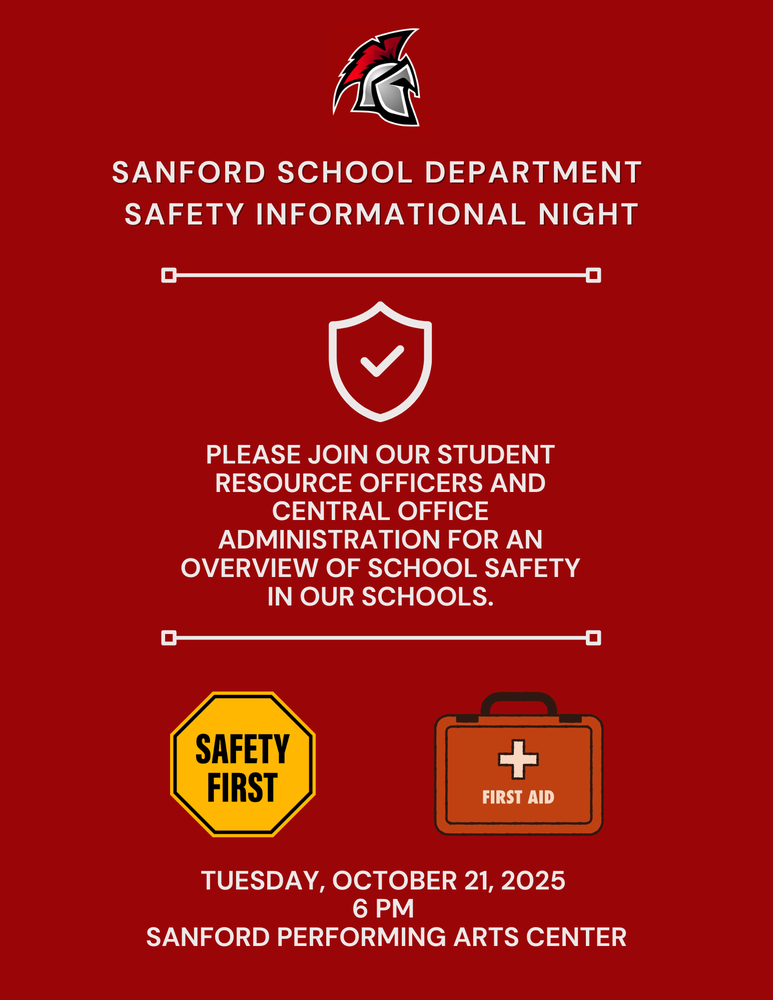
October 6, 2025
Please join our student resource officers and Central Office administration for an overview of school safety in our schools on Tuesday, October 21, 2025 at 6 pm in the Sanford Per...
